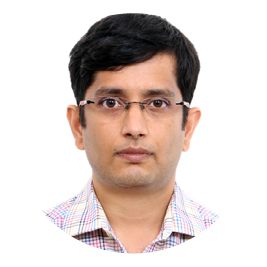Satyanarayanan Seshadri
IIT Madras , India
- Conference: Particulate Monitoring
- Presentation: Dealing with moisture in flue gases - Novel in-situ measurement technique
- Presentation Time: Wednesday 15:10


Prof. Satyanarayanan is the director of Energy and Emissions Research Group (EnERG) at IIT Madras. Principal areas of research at EnERG includes development of instrumentation for industrial stack emissions (PM, NOx, SOx), development of expanders for power generation from waste heat and pressure and development of monitoring and control systems for small process boilers. Prior to IITM, Prof. Satya has worked in various roles in technology development in the energy sector at GE and Forbes Marshall. He has a PhD from Texas A&M University with specialization in Aerosol Science
Emission regulators are pushing for stricter monitoring, reducing targets and stricter enforcement due to worsening air quality around most major cities. Industrial emissions, particular SOx, NOx, and PM are major causes that affect air quality. With the 2017 CPCB draft guidelines, it appears that the PM emission limits would be brought down to 30 mg/m3 and SOx, NOx levels to less than 100 mg/m3. Controlling SOx to such low levels require the use of either wet or dry type flue gas desulphurization (FGD) units. Wet FGD is preferred for larger applications due to its favourable economics. However, the resultant moisture carryover is at least 50 mg/m3 after mist eliminators. Hence conventional CEMS dust monitoring systems such as triboelectric sensors, opacity monitors or backscatter based devices will report erroneous values. To avoid this issue, leading CEMS OEM's resort to extractive sampling using a heated probe for continuous monitoring. However, there are various issues with this approach, including sampling and dilution errors. Energy and Emissions Research Group at IIT Madras has developed a novel technique that allows continuous in-situ measurement of PM emission in wet stacks. Using optical measurement techniques, the sensor is insensitive to the presence of water carryover and can be used in stacks prone dew point condensation as well